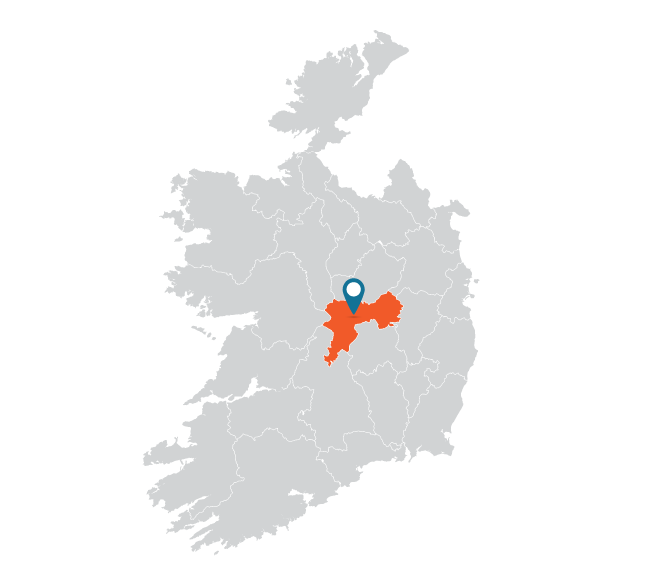Reverse Osmosis Systems
1. Pre-Filtration
2. Reverse Osmosis Membrane
3. Carbon Finishing Stage
So what do you need a reverse osmosis system for?
Reverse Osmosis systems are designed for drinking water only.
This means that you will only use the reverse osmosis unit at your drinking water tap and not for all your incoming water supply. The reason for this is that the unit is capable of treating a specific volume of water at any one time and the the average daily use of a household would be above its capacity.
Many people combine the installation of a Reverse Osmosis unit with a water softener. The reason is that the majority of water softeners remove limescale through an ion exchange process in which a certain amount of sodium is dissolved in the softened water. We should always be mindful of the sodium we introduce into our diets. N.B. High levels of sodium are not advised for small children and those with high blood pressure.
Important Considerations
1. How many stages of pre and post filtration has the Reverse Osmosis unit you are considering? What are those stages? Ask your equipment provider to break it down for you so you know what you are getting
2. A third tap is generally used and needs to be installed on your counter top with a Reverse Osmosis unit unless you have already installed, or purchase, a tri-flow tap. Those with specially designed kitchens often find that though the tap is aesthetic it does not marry well with their existing kitchen. SpringSoft carry a small range of tri-flow taps however if you need something even more specific we can advise you on specialist retailers.
Reverse Osmosis Membrane
Reverse Osmosis membranes will remove between 90-98% of the dissolved solids below.
- Sodium
- Sulfate
- Calcium
- Potassium
- Nitrate
- Iron
- Zinc
- Mercury
- Selenium
- Phosphate
- Lead
- Arsenic
- Magnesium
- Nickel
- Fluoride
- Manganese
- Cadmium
- Barium
- Cyanide
- Chloride
% may vary based on membrane type water pressure, temperature & TDS





